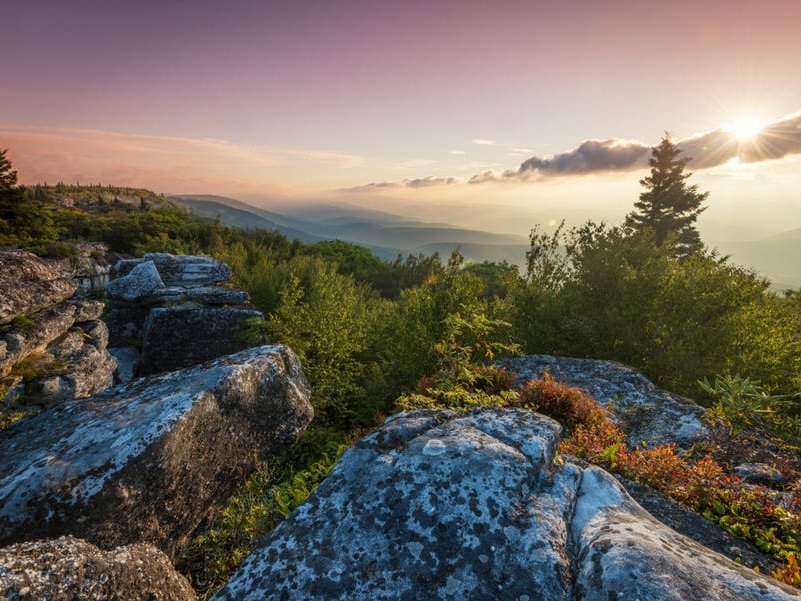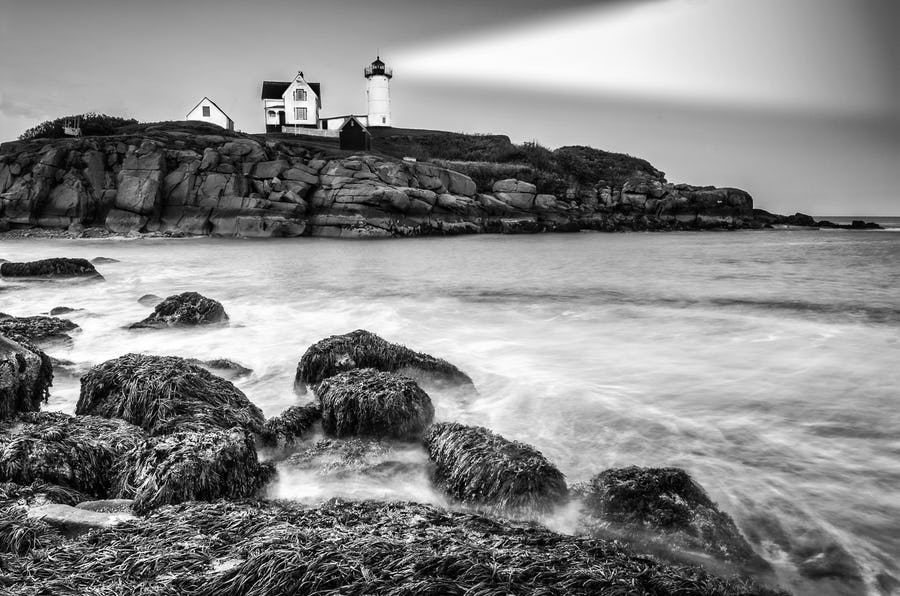
7 Essential Landscape Photography Tips
Do you want to improve your photography? Here are 7 essential landscape photography tips that will help you improve your photo skills to showcase your next adventure.

This article originally appeared on TheOutbound.com. Photos and text by Brandon Dewey.

1. Magic Hour
Light is the cornerstone of photography. Generally, the best light for landscapes occurs during the magic hours: the Blue Hour and the Golden Hour. The Blue Hour occurs just before sunrise and just after sunset when the sky tends to have a rich blue hue. The Golden Hour occurs just after sunrise and right before sunset. Being a landscape photographer means having to wake up early or staying up late to take full advantage of the best light possible. The quality of the light is superior when the sun is low in the sky, which creates less contrast across the landscape, opposed to that of the light found around midday, when the sun is high in the sky resulting in sharp contrast throughout the landscape. Sunrises will usually produce more blue tone on the landscape, whereas sunsets will usually have more golden tones. Both are beautiful and can be used to help set the overall feel to the image.2. Composition
After light, having a great composition can make or break an image. The key to composition is finding the subject and then composing the landscape to draw the viewer’s eyes through the image to the subject. There are many different ways to compose the landscape, which makes it important to know the different rules in order to apply them to different situations. The rule of thirds is a great example of how to compose a landscape. Place a focal point, like a lone tree, about a third of the way from the right or left edge of the photo, and make sure the horizon is located on the top third of the image.3. Foreground Elements
Incorporating a foreground element(s) in to the landscape composition is a way to help take your landscape photography to the next level. A foreground element can be as simple as a rock or field of colorful flowers. When a landscape image includes a foreground element, it gives the viewers an anchor when viewing your image and will help draw the viewer into the image.
4. Depth of Field
Depth of field controls what part of the image will appear sharp. Most landscape photographers choose to make every element in the image sharp. Depth of field is how landscape photographers ensure the foreground through the background appears sharp. To achieve this requires using a small aperture such as f/16 or f/22. Using a small aperture will create a larger area both in front and behind the focus point in which the landscape will appear sharp.Canadian Rockies Road Trip
Discover the beauty of Canada's alpine national parks in fall on this road trip through Banff, Yoho, and Jasper.
0 seconds of 3 minutes, 15 secondsVolume 0%
Press shift question mark to access a list of keyboard shortcuts
Keyboard Shortcuts
Shortcuts Open/Close/ or ?
Play/PauseSPACE
Increase Volume↑
Decrease Volume↓
Seek Forward→
Seek Backward←
Captions On/Offc
Fullscreen/Exit Fullscreenf
Mute/Unmutem
Decrease Caption Size-
Increase Caption Size+ or =
Seek %0-9
5. Use a Tripod
When landscape photographers use smaller aperture, less light is able to pass through the lens, which requires the shutter speed to be longer in order for the image to be exposed properly. A sturdy tripod is then required to ensure the camera is completely still during the length of the exposure. If there is any movement or camera shake during the exposure, no matter how minor, the image will not be sharp.
